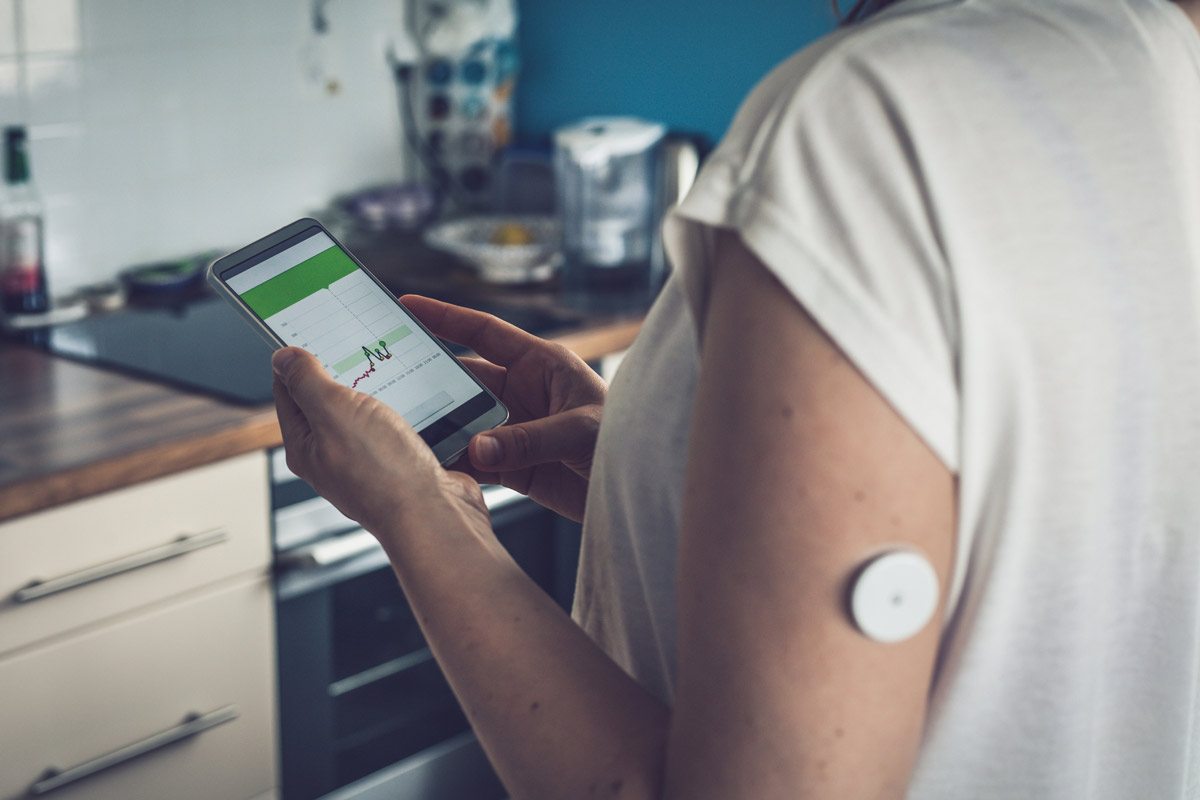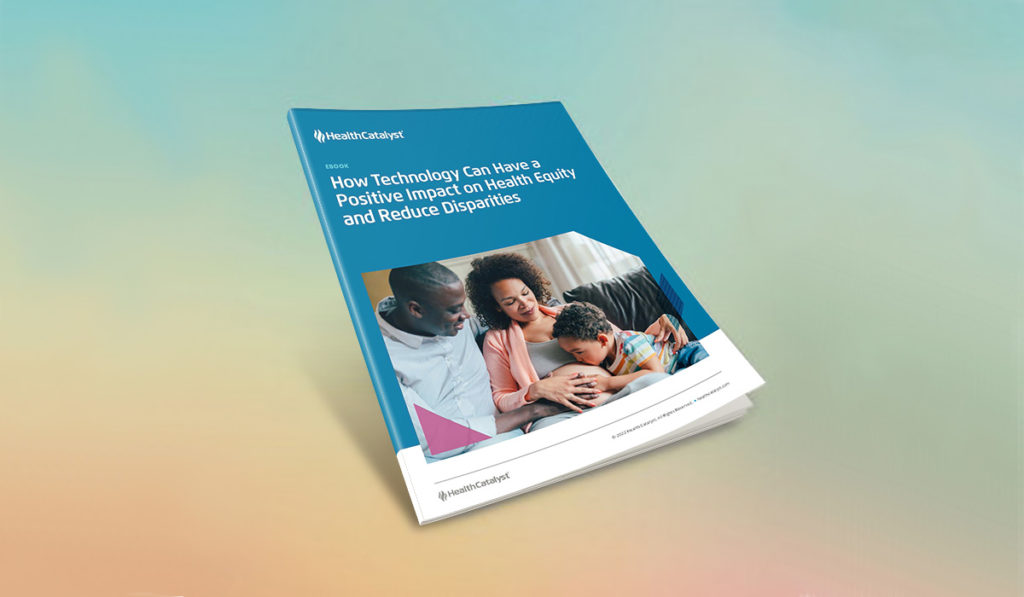Social determinants of health can have a serious negative impact on health outcomes. While these determinants like race and zip code are complex to address, simple text-based outreach can be an effective way to connect disadvantaged people with information, services, and assistance that can help bridge many gaps in care.
Leverage consistent, proactive communication to ensure that patients have accurate, useful information and have the tools they need to stay engaged in their healthcare.
 Download
Download

Addressing healthcare inequities is no simple task. The causes are complex, from environmental to socioeconomic factors, and aren’t easy to address. There are opportunities, though, to bridge gaps in healthcare by leveraging patient engagement technology.
Remote patient monitoring – staying connected with patients outside of the medical setting – has the potential to deliver several important benefits for disadvantaged communities.
Many poor and disadvantaged people do not always know when or how to seek care, which can lead to uncontrolled chronic conditions, unnecessary visits to the emergency department, poor outcomes, or worse. SMS text-based communication is widely accessible for almost all communities and is a very effective way to reach people and build trust with a healthcare provider.
By automating a series of messages that combine different content including videos and easy to understand handouts, healthcare can become more holistic and less episodic, which can foster trust and ensure patients feel supported. Consistent communication ensures that patients have accurate, useful information, and helps them stay engaged in their healthcare.
Remote Patient Monitoring is also an effective way to collect valuable information to better understand what patients may need. By prompting patients to report how they’re doing periodically, a healthcare provider can be alerted about a potential issue before it causes serious deterioration.
If patients don’t understand how to correctly take medication or manage a chronic condition like diabetes, the likelihood of the condition worsening goes up. If a patient is facing a more practical problem like food insecurity or transportation issues, healthcare providers can proactively intervene to provide support and connect the patient with helpful resources.
Automated digital patient communication between medical visits is also a great way to keep patients engaged with their health and provide step-by-step guidance to help them adhere to their medical plan of care. If a patient is living with a chronic condition, for instance, they can be prompted to report their blood pressure or glucose level, and then receive automated guidance relative to those inputs.
These systems can deliver encouragement when the condition is well managed or coaching and support if there is room for improvement. The more patients understand why something like blood pressure matters for their long-term health goals, the more motivated they will be to make healthy choices.

Learn about the five key advantages of leveraging patient engagement technology to optimize and streamline chronic condition management.
Technology alone can’t eliminate healthcare disparities, but it can be used to create better connections between disadvantaged communities and healthcare providers. Meeting patients where they are can lower barriers like childcare, transportation, inflexible work hours, and more.
A great example is a program implemented at ChristianaCare that is improving early detection of postpartum hypertension by overcoming low attendance for follow-up office visits. They deployed a remote patient monitoring platform to engage new mothers after discharge. They are prompted to report their blood pressure and answer a few questions – entries outside the normal range trigger care team intervention.
This simple approach has built trust and helped the care team better understand their patients’ potential barriers – all without the new mother needing to leave her home. The program has successfully reduced postpartum hypertension-related readmissions and eliminated long-standing racial disparity.
While only 30% of patients attended in-person postpartum office visits, the remote monitoring program drove 91% of new mothers to submit at least one blood pressure reading (a 203% increase in hypertension screening) and decreased 30-day readmissions by 55%.
Interested in learning more?
To learn more, watch an on-demand webinar, “How Remote Monitoring Improves Access to Care, Reduces Health Inequities.”
Would you like to learn more about this topic? Here are some articles we suggest:
Would you like to use or share these concepts? Download this presentation highlighting the key main points.
https://www.slideshare.net/healthcatalyst1/reduce-healthcare-inequities-with-patient-engagement-technology